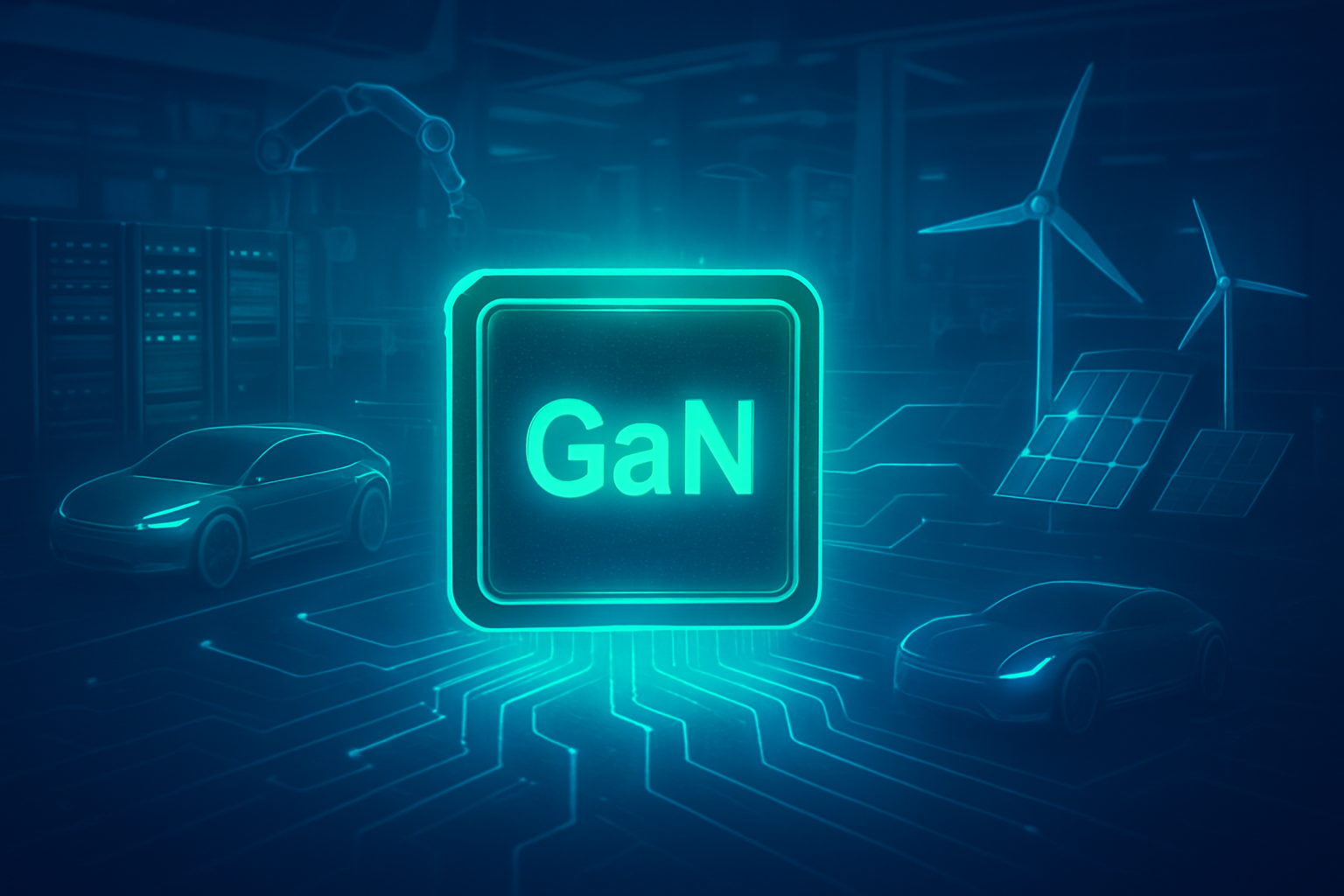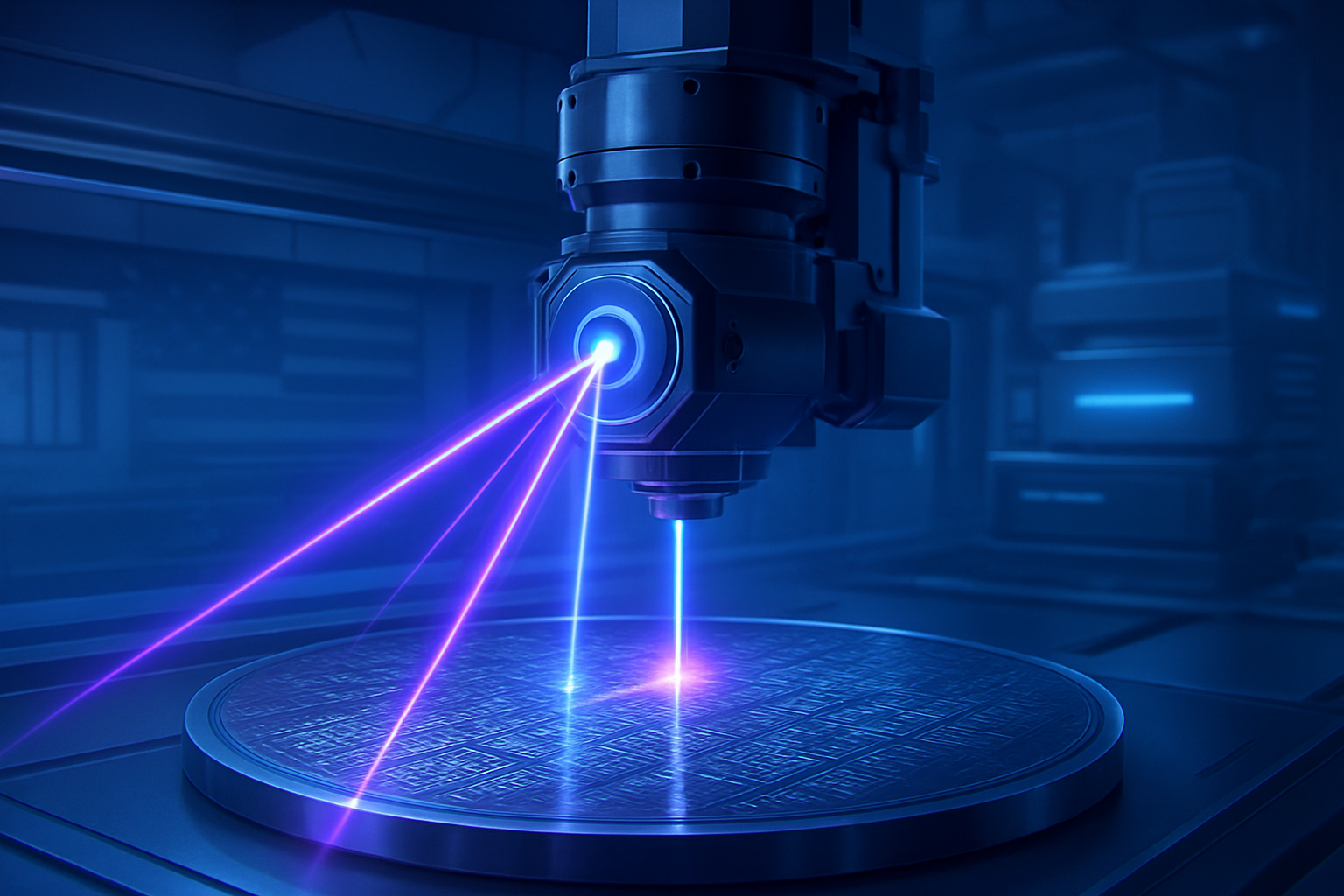Taiwan Semiconductor Manufacturing Company (TSMC) (NYSE: TSM), the world's leading contract chipmaker, is in the midst of an unprecedented global expansion, committing staggering investments totaling $165 billion in the United States and significantly bolstering its presence in Japan. This aggressive diversification strategy is a direct response to escalating geopolitical tensions, particularly between the U.S. and China, the insatiable global demand for advanced semiconductors fueled by the artificial intelligence (AI) boom, and a critical imperative to de-risk and fortify global supply chains. TSMC's strategic moves are not merely about growth; they represent a fundamental reshaping of the semiconductor industry, moving towards a more geographically dispersed and resilient manufacturing ecosystem.
This monumental undertaking aims to solidify TSMC's position as a "long-term and trustworthy provider of technology and capacity" worldwide. While maintaining its technological vanguard in Taiwan, the company is establishing new production strongholds abroad to mitigate supply chain vulnerabilities, diversify its manufacturing base, and bring production closer to its key global clientele. The scale of this expansion, heavily incentivized by host governments, marks a pivotal moment, shifting the industry away from its concentrated reliance on a single geographic region and heralding a new era of regionalized chip production.
Unpacking the Gigafab Clusters: A Deep Dive into TSMC's Overseas Manufacturing Prowess
TSMC's expansion strategy is characterized by massive capital outlays and the deployment of cutting-edge process technologies across its new international hubs. The most significant overseas venture is unfolding in Phoenix, Arizona, where TSMC's commitment has ballooned to an astonishing $165 billion. This includes plans for three advanced fabrication plants (fabs), two advanced packaging facilities, and a major research and development center, making it the largest single foreign direct investment in U.S. history.
The first Arizona fab (Fab 21) commenced high-volume production of 4-nanometer (N4) process technology in Q4 2024, notably producing wafers for NVIDIA's (NASDAQ: NVDA) Blackwell architecture, crucial for powering the latest AI innovations. Construction of the second fab structure concluded in 2025, with volume production of 3-nanometer (N3) process technology targeted for 2028. Breaking ground in April 2025, the third fab is slated for N2 (2-nanometer) and A16 process technologies, aiming for volume production by the end of the decade. This accelerated timeline, driven by robust AI-related demand from U.S. customers, indicates TSMC's intent to develop an "independent Gigafab cluster" in Arizona, complete with on-site advanced packaging and testing capabilities. This strategic depth aims to create a more complete and resilient semiconductor supply chain ecosystem within the U.S., aligning with the objectives of the CHIPS and Science Act.
Concurrently, TSMC is bolstering its presence in Japan through Japan Advanced Semiconductor Manufacturing (JASM), a joint venture with Sony (NYSE: SONY) and Denso (TYO: 6902) in Kumamoto. The first Kumamoto facility initiated mass production in late 2024, focusing on more mature process nodes (12 nm, 16 nm, 22 nm, 28 nm), primarily catering to the automotive industry. While plans for a second Kumamoto fab were initially set for Q1 2025, construction has been adjusted to begin in the second half of 2025, with volume production for higher-performance 6nm and 7nm chips, as well as 40nm technology, now expected in the first half of 2029. This slight delay is attributed to local site congestion and a strategic reallocation of resources towards the U.S. fabs. Beyond manufacturing, TSMC is deepening its R&D footprint in Japan, establishing a 3D IC R&D center and a design hub in Osaka, alongside a planned joint research laboratory with the University of Tokyo. This dual approach in both advanced and mature nodes demonstrates a nuanced strategy to diversify capabilities and reduce overall supply chain risks, leveraging strong governmental support and Japan's robust chipmaking infrastructure.
Reshaping the Tech Ecosystem: Who Benefits and Who Faces New Challenges
TSMC's global expansion carries profound implications for major AI companies, tech giants, and emerging startups alike, primarily by enhancing supply chain resilience and intensifying competitive dynamics. Companies like NVIDIA, Apple (NASDAQ: AAPL), AMD (NASDAQ: AMD), Broadcom (NASDAQ: AVGO), and Qualcomm (NASDAQ: QCOM), all heavily reliant on TSMC for their cutting-edge chips, stand to gain significant supply chain stability. Localized production in the U.S. means reduced exposure to geopolitical risks and disruptions previously associated with manufacturing concentration in Taiwan. For instance, Apple has committed to sourcing "tens of millions of chips" from the Arizona plant, and NVIDIA's CEO Jensen Huang has publicly acknowledged TSMC's indispensable role, with Blackwell wafers now being produced in the U.S. This proximity allows for closer collaboration and faster iteration on designs, a critical advantage in the rapidly evolving AI landscape.
The "friendshoring" advantages driven by the U.S. CHIPS Act align TSMC's expansion with national security goals, potentially leading to preferential access and stability for U.S.-based tech companies. Similarly, TSMC's venture in Japan, focusing on mature nodes with partners like Sony and Denso, ensures a stable domestic supply for Japan's vital automotive and electronics sectors. While direct benefits for emerging startups might be less immediate for advanced nodes, the development of robust semiconductor ecosystems around these new facilities—including a skilled workforce, supporting industries, and R&D hubs—can indirectly foster innovation and provide easier access to foundry services.
However, this expansion also introduces competitive implications and potential disruptions. While solidifying TSMC's dominance, it also fuels regional competition, with other major players like Intel (NASDAQ: INTC) and Samsung (KRX: 005930) also investing heavily in U.S. manufacturing. A significant challenge is the higher production cost; chips produced in the U.S. are estimated to be 30-50% more expensive than those from Taiwan due to labor costs, logistics, and regulatory environments. This could impact the profit margins of some tech companies, though the strategic value of supply chain security often outweighs the cost for critical components. The primary "disruption" is a positive shift towards more robust supply chains, reducing the likelihood of production delays that companies like Apple have experienced. Yet, initial operational delays in Arizona mean that for the absolute bleeding-edge chips, reliance on Taiwan will persist for some time. Ultimately, this expansion leads to a more geographically diversified and resilient semiconductor industry, reshaping market positioning and strategic advantages for all players involved.
A New Era of Technonationalism: The Wider Significance of TSMC's Global Footprint
TSMC's global expansion signifies a monumental shift in the broader semiconductor landscape, driven by economic imperatives and escalating geopolitical tensions. This strategic diversification aims to bolster global supply chain resilience while navigating significant challenges related to costs, talent, and maintaining technological parity. This current trajectory marks a notable departure from previous industry milestones, which were primarily characterized by increasing specialization and geographic concentration.
The concentration of advanced chip production in Taiwan, a potential geopolitical flashpoint, presents an existential risk to the global technology ecosystem. By establishing manufacturing facilities in diverse regions, TSMC aims to mitigate these geopolitical risks, enhance supply chain security, and bring production closer to its major customers. This strategy ensures Taiwan's economic and technological leverage remains intact even amidst shifting geopolitical alliances, while simultaneously addressing national security concerns in the U.S. and Europe, which seek to reduce reliance on foreign chip manufacturing. The U.S. CHIPS Act and similar initiatives in Europe underscore a worldwide effort to onshore semiconductor manufacturing, fostering "chip alliances" where nations provide infrastructure and funding, while TSMC supplies its cutting-edge technology and expertise.
However, this fragmentation of supply chains is not without concerns. Manufacturing semiconductors outside Taiwan is considerably more expensive, with the cost per wafer in Arizona estimated to be 30-50% higher. While governments are providing substantial subsidies to offset these costs, the long-term profitability and how these extra costs will be transferred to customers remain critical issues. Furthermore, talent acquisition and retention present significant hurdles, with TSMC facing labor shortages and cultural integration challenges in the U.S. While critical production capacity is being diversified, TSMC's most advanced research and development and leading-edge manufacturing (e.g., 2nm and below) are largely expected to remain concentrated in Taiwan, ensuring its "technological supremacy." This expansion represents a reversal of decades of geographic concentration in the semiconductor industry, driven by geopolitics and national security, marking a new era of "technonationalism" and a potential fragmentation of global technology leadership.
The Road Ahead: Future Developments and Expert Predictions
Looking ahead, TSMC's global expansion is poised for significant near-term and long-term developments, with the U.S. and Japan operations playing pivotal roles in the company's strategic roadmap. In the United States, TSMC is accelerating its plans to establish a "gigafab" cluster in Arizona, aiming to eventually handle around 30% of its most advanced chip production, encompassing 2nm and more cutting-edge A16 process technologies. The total investment is projected to reach $165 billion, with a strategic goal of completing a domestic AI supply chain through the addition of advanced packaging facilities. This long-term strategy aims to create a self-contained pathway for U.S. customers, reducing the need to send work back to Taiwan for final assembly.
In Japan, beyond the second Kumamoto fab, there is potential for TSMC to consider a third plant, signaling Japan's ambition to become a significant semiconductor production hub. TSMC is also exploring the possibility of shifting parts of its advanced packaging capabilities, 3DFabric, closer to Japan as demand grows. This move would further bolster Japan's efforts to revive its semiconductor manufacturing capabilities and establish the country as a center for semiconductor research and development. The expanded production capacity in both regions is set to serve a broad range of high-demand applications, with artificial intelligence (AI) being a primary driver, alongside high-performance computing (HPC), the automotive industry, 5G, and next-generation communication systems.
However, several key challenges persist. Higher operating costs in the U.S. are expected to lead to a temporary decline in TSMC's gross margins. Labor shortages and talent acquisition remain significant hurdles in both the U.S. and Japan, compounded by infrastructure issues and slower permitting processes in some regions. Geopolitical risks and trade policies continue to influence investment calculations, alongside concerns about potential overcapacity and the long-term sustainability of government subsidies. Industry experts predict that the Arizona fabs will become a cornerstone of TSMC's global roadmap, with significant production of 2nm and beyond chips by the end of the decade, aligning with the U.S.'s goal of increased semiconductor self-sufficiency. In Japan, TSMC's presence is expected to foster closer cooperation with local integrated device manufacturers and system integrators, significantly supporting market expansion in the automotive chip sector. While overseas expansion is crucial for strategic diversification, TSMC's CFO Wendell Huang has projected short-term financial impacts, though the long-term strategic benefits and robust AI demand are expected to offset these near-term costs.
A Defining Moment in Semiconductor History: The Long-Term Impact
TSMC's audacious global expansion, particularly its monumental investments in the United States and Japan, represents a defining moment in the history of the semiconductor industry. The key takeaway is a fundamental shift from a hyper-concentrated, efficiency-driven global supply chain to a more diversified, resilience-focused, and geopolitically influenced manufacturing landscape. This strategy is not merely about corporate growth; it is an assessment of the development's significance in safeguarding the foundational technology of the modern world against an increasingly volatile global environment.
The long-term impact will see a more robust and secure global semiconductor supply chain, albeit potentially at a higher cost. The establishment of advanced manufacturing hubs outside Taiwan will reduce the industry's vulnerability to regional disruptions, natural disasters, or geopolitical conflicts. This decentralization will foster stronger regional ecosystems, creating thousands of high-tech jobs and stimulating significant indirect economic growth in host countries. What to watch for in the coming weeks and months includes further updates on construction timelines, particularly for the second and third Arizona fabs and the second Kumamoto fab, and how TSMC navigates the challenges of talent acquisition and cost management in these new regions. The ongoing dialogue between governments and industry leaders regarding subsidies, trade policies, and technological collaboration will also be crucial in shaping the future trajectory of this global semiconductor rebalancing act. This strategic pivot by TSMC is a testament to the critical role semiconductors play in national security and economic prosperity, setting a new precedent for global technological leadership.
This content is intended for informational purposes only and represents analysis of current AI developments.
TokenRing AI delivers enterprise-grade solutions for multi-agent AI workflow orchestration, AI-powered development tools, and seamless remote collaboration platforms.
For more information, visit https://www.tokenring.ai/.









